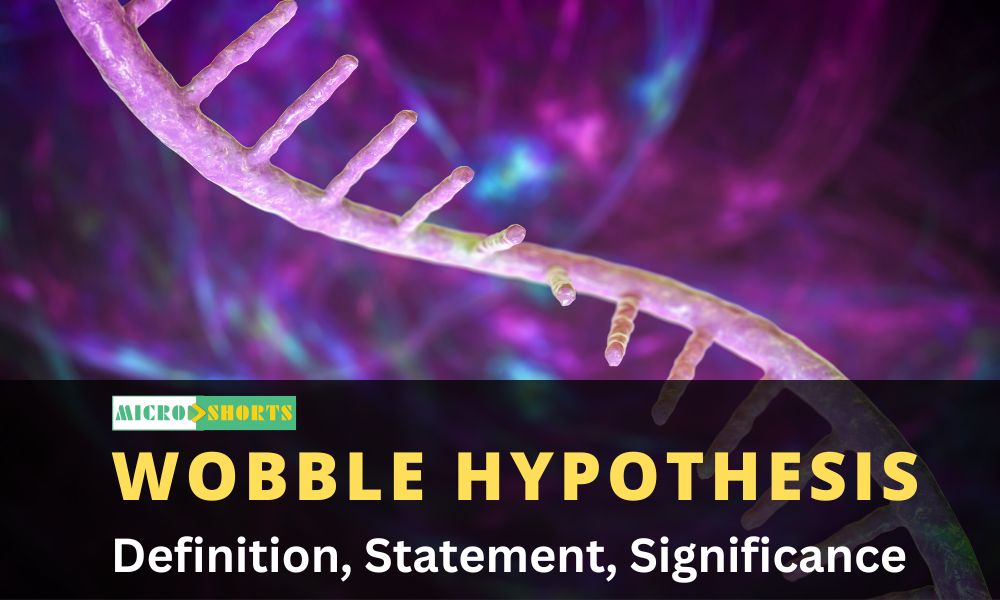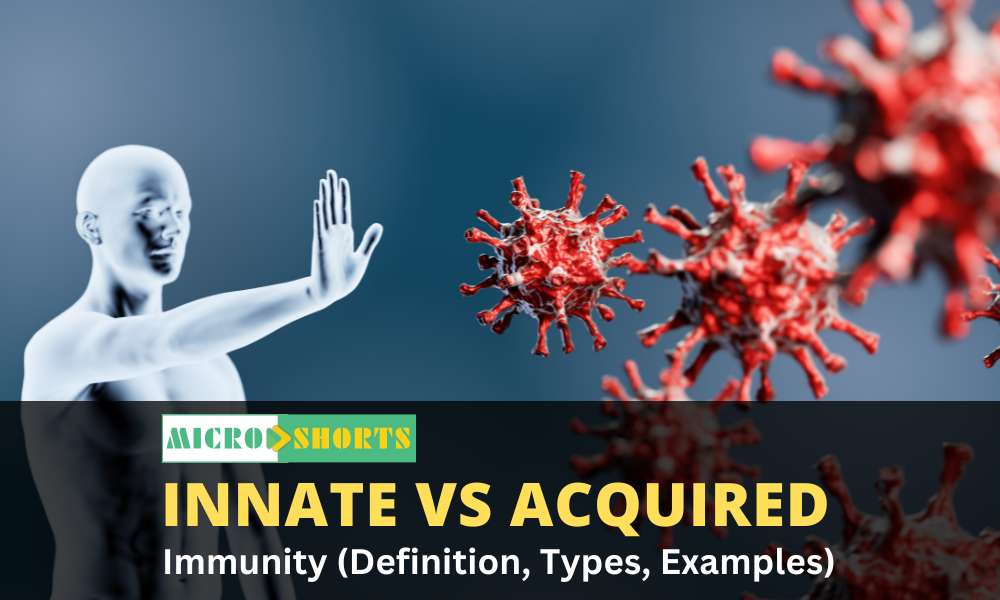A. It is composed of approximately 30 percent proline and hydroxyproline and 30 percent glycine
B. This protein has three chains, each with a conformation
very similar to that of polyproline (left handed), are twisted about each other
to make a triple helix
C. The three strands are hydrogen bonded to each other,
through hydrogen bonds between the -NH of glycine residues and the C=O groups
of the other amino acids
D. All three strands are coded by same gene E. Non-covalent
interactions mainly stabilize collagen
structure Which of the following statements are correct?
- (A) A, B and C
- (B) A, C and D
- (C) B, C and E
- (D) B, D and E
Solution
A. It is composed of approximately 30 percent proline and
hydroxyproline and 30 percent glycine. This statement is correct. Collagen is
rich in proline, hydroxyproline, and glycine residues.
B. This protein has three chains, each with a conformation
very similar to that of polyproline (left handed), are twisted about each other
to make a triple helix. This statement is correct. Collagen has a
triple-helical structure, where three polypeptide chains, each with a
left-handed polyproline II-type helix, are twisted around each other to form a
right-handed triple helix.
C. The three strands are hydrogen bonded to each other,
through hydrogen bonds between the -NH of glycine residues and the C=O groups
of the other amino acids. This statement is correct. The three polypeptide
chains in the collagen triple helix are stabilized by hydrogen bonds between
the -NH of glycine residues and the C=O groups of the other amino acids.
Statements D and E are incorrect:
D. All three strands are coded by the same gene. This is not
correct. The three polypeptide chains in collagen are encoded by different
genes.
E. Non-covalent interactions mainly stabilize collagen
structure. This is not correct. While non-covalent interactions, such as
hydrogen bonds, contribute to the stability of the collagen structure, covalent
cross-links between the polypeptide chains also play a crucial role in
stabilizing the collagen structure.
Therefore, the correct answer is option A








Comments